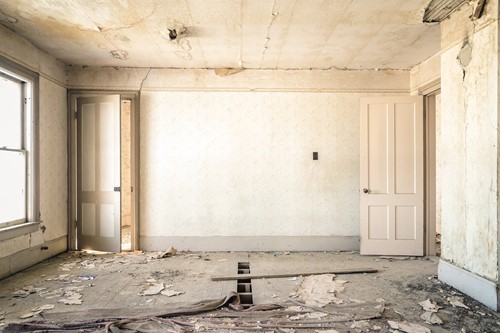
Image by Free-Photos from Pixabay
The potentially high-profit world of house flipping typically gets ambitious entrepreneurs going on the offensive. House-flipping profits reportedly topped an average of $67,000 in 2020, proving that the ambitious can certainly earn a good living in the industry.
But the other side of the coin doesn’t always trend in the news or social media. Inexperience and/or a lack of caution can sometimes cause otherwise savvy business people to make critical mistakes. If you are considering buying, renovating and selling homes for profit, it may be in your best interest to play a little defense. These rank among the most common mistakes that could cost you money.
1: Overpaying for a Property Cannot Be Undone
It’s not unusual for novice house-flippers to begin their property search in familiar places. These often include popular real estate apps and search engines. But only a few inexpensive homes in need of renovations appear. What happens next stands among the biggest mistakes. An eager house flipper buys the cheapest listed property.
Although it may make sense at the moment to select from inexpensive inventory, these houses are not often priced for resale. While some homeowners are looking for possible kindred spirits who want to take on a low-priced home and invest some DIY equity, don't jump on the property just yet. Experienced professionals won’t buy unless the property cost and total rehab tally 70% or less of the expected resale price. The "70 Percent Rule" is a wise philosophy to adopt in the flipping business.
2: Not Having the Rehab Infrastructure in Place
Securing the right property makes up only part of the battle. To remodel it into a valuable and marketable asset, you will need the tools and people to get the job done. It’s not unusual for newly minted house flippers to try to nail down the equipment and necessary subcontractors after the fact. Lack of preparedness often results in the project taking too long to complete. Every day you own a fixer-upper is a day that money goes out the door. It’s essential to have the equipment and people in place before buying.
3: Beginning a Project Without Adequate Funding
People who enter the fix-and-flip world should probably have some experience in the construction sector, especially since new construction and rehab projects routinely run over budget.
Common reasons for overspending include increases in materials or labor costs. Sometimes unexpected structural or abatement issues arise that add to the job. Other times, subcontractors find themselves choosing between your project and another that will pay more money, in which case you may have to negotiate a new deal to keep your project on track. Anticipate that your contractors may add an additional 20% to their original estimate as a buffer for incidentals that may arise.
4: Failure to Create an Exit Strategy
The business model involves buying low, renovating the home and selling it quickly for a profit. What happens when the property does not move? That’s a caveat that too many house flippers usually forget to consider.
Like any business proposition, there needs to be a fallback position that doesn’t involve a lender exercising a lien on the property or draining your resources. It may be worthwhile to set up lease-to-own options or converting the short-term fix-and-flip financing into a long-term mortgage.